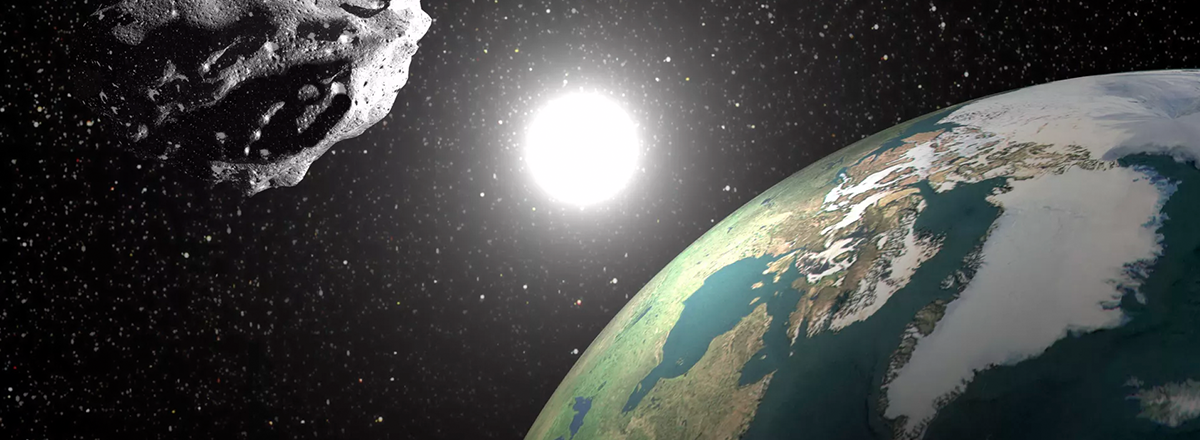Scientists Discover a New 'Quasi-Moon' Near Earth
The discovery of this new quasi-moon was made by the Pan-STARRS observatory in March. Its existence was subsequently confirmed by the Canada-France-Hawaii Telescope and two observatories in Arizona.

Astronomers have made an intriguing discovery: a new celestial object known as 2023 FW13, which has been identified as a quasi-moon orbiting our Earth. This quasi-moon has actually been traveling alongside our planet for thousands of years, unnoticed until now.
This object measures about 50 feet (15 meters) in diameter. It is located much farther away from us, passing within a range of 9 million miles (14 million kilometers) from Earth.
Scientists believe that they have discovered the oldest quasi-moon of Earth to date. According to their calculations, it has been accompanying our planet since around 100 BC.
The discovery of this new quasi-moon was made by the Pan-STARRS observatory in March. Its existence was subsequently confirmed by the Canada-France-Hawaii Telescope and two observatories in Arizona. On April 1, the asteroid was officially listed by the Minor Planet Center at the International Astronomical Union.

